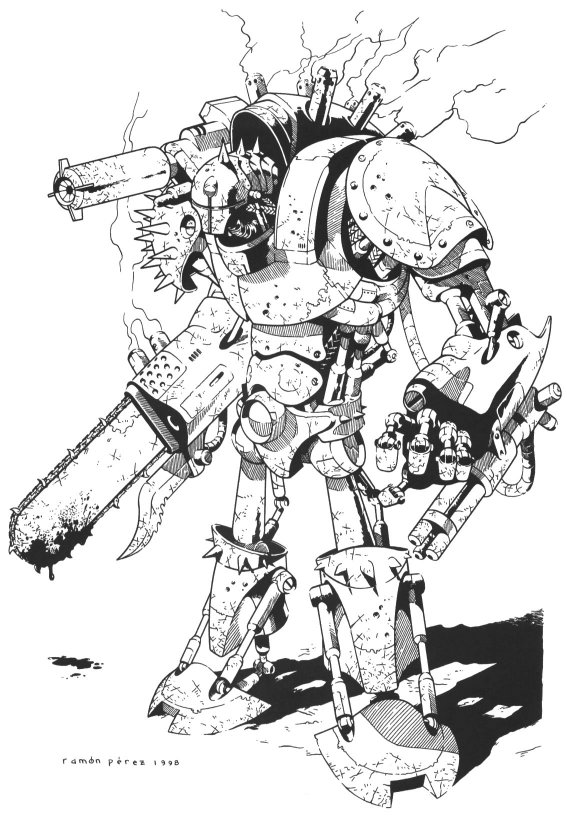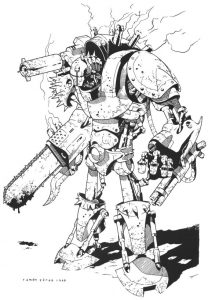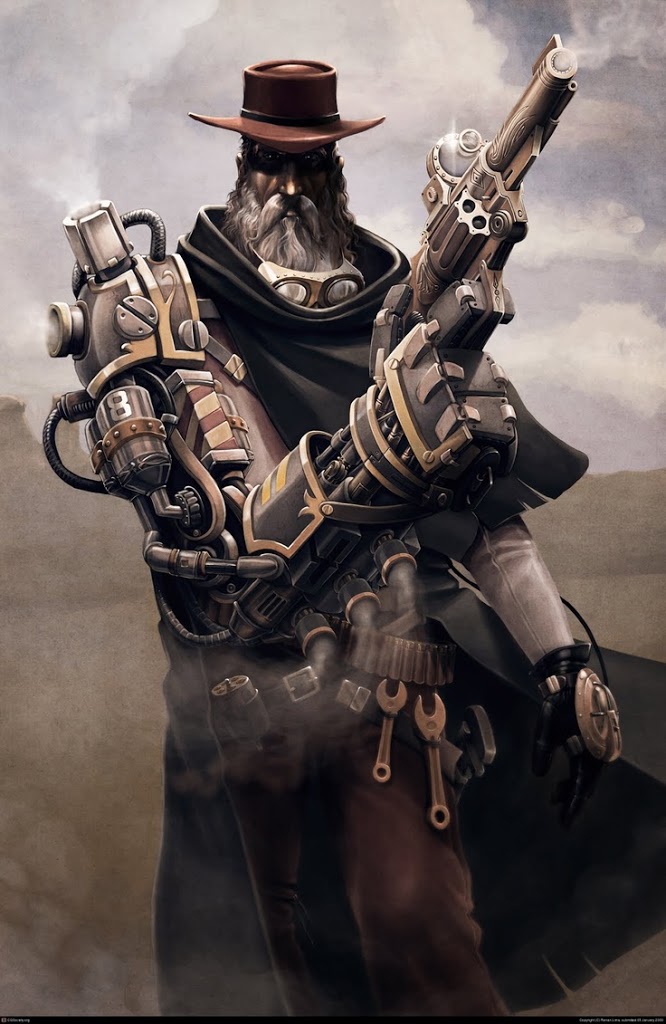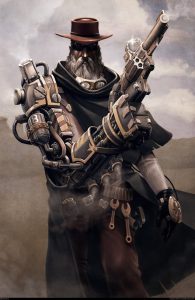The Witch for DCC RPG v1.0
The Witch is a magic using class that relies on making deals with supernatural Patrons in exchange for magical powers. Whether they are using their powers to climb the political or corporate ladder, or put curses on backwoods hicks who trespass on their property, the witch is a both feared and respected by the common folk.
A few of the the abilities are the same as the Wizard from Dungeon Crawl Classics RPG, and are noted as such.
Hit Points
Witches gain 1d6 hit points per level of experience.
Weapon Training
Same as Wizard.
Alignment
Lawful Witches tend to work within communities and occasionally hold positions of political power. Chaotic witches tend to shun society and are often found in remote shacks in the wilderness doing who knows what. Neutral witches are often seen as gurus or seers and are sought for their knowledge and powers.
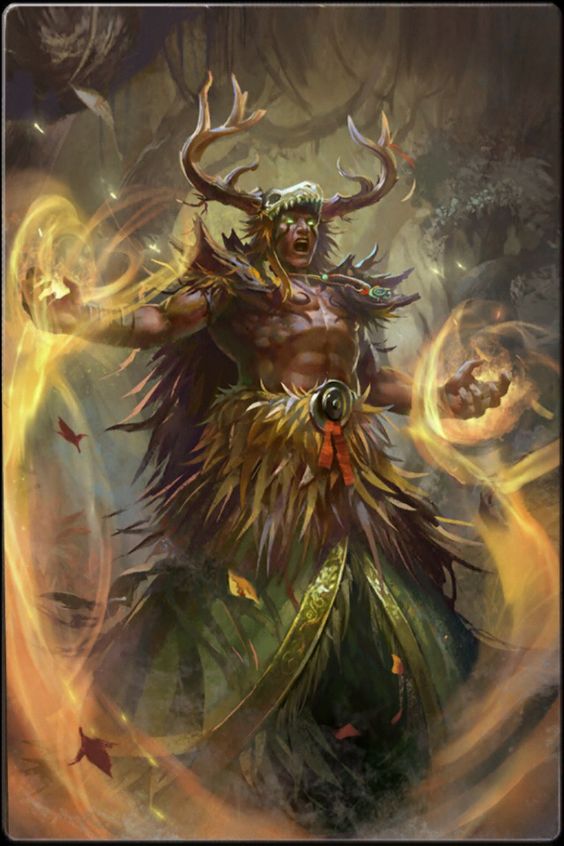
Caster Level
Witches have a Caster level equal to their Experience Level minus 1. So a first level Witch has a Caster Level of 0. See; the effects of Glowstone, below.
Magic
Witches start the game with Patron Bond and Invoke Patron. They may cast Patron Bond immediately with a single Patron of choice. For the Witch, each patron they bond with immediately grants the three Patron Spells in their description.
Invoke Patron can also be used to learn a standard Wizard spell of any level of the Witch’s choice. The spell’s rank is subtracted from the roll. I.e. learning a Rank 9 spell is a penalty of minus 9 to the Invoke Patron roll. Success means the witch knows that spell permanently and can cast it in the standard way. Casting this spell does not add to the cumulative Patron Taint total.
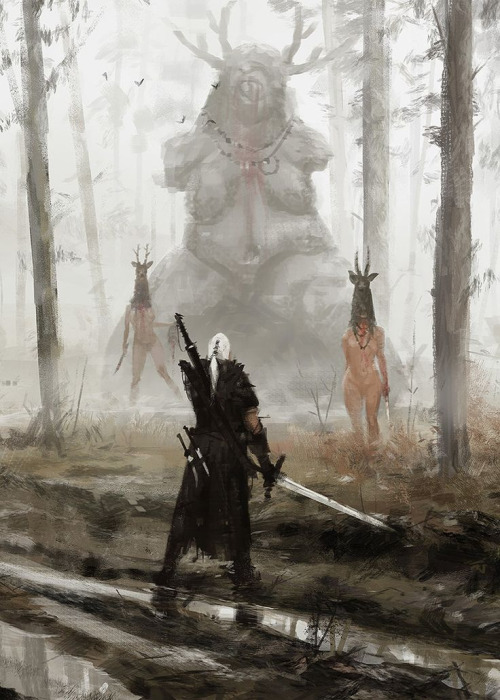
Spellburn
Spellburn tables are located in the description for each supernatural Patron. Patron’s love when Witches Spellburn because it’s just another way they can exert some control over the witch.
Supernatural Patrons
Patrons are the key to a Witch’s magical powers. Without at least one patron, a Witch is just a normal mundane shlub.
A Witch may be bonded to a number of patrons equal to their Experience Level.
They can bond with an additional patron at each level of experience. I.e. a 4th level witch can be bonded with 4 patrons simultaneously.
Patron Taint
Every time Patron Bond, Invoke Patron, or any Patron Spell is cast, successful or not, there is a cumulative 1% chance of incurring Patron Taint. The Patron who taints the Witch is determined by which patron is the focus of the spell being cast.
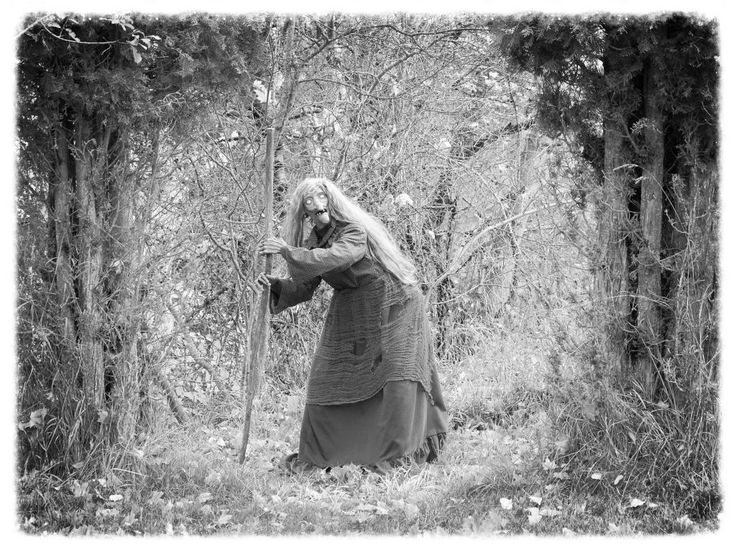
Focus
Witches need a focus to summon the eldritch energies to cast the magic gifted them by their supernatural patrons. A focus is a material object the witch can use to concentrate on to cast magic. Wands, rods, staves, dolls, necklaces, rings, headbands, strands of beads, crystals, cool looking rocks, skulls, bones… a focus can be just about anything.
A Witch needs a different focus for each patron. These items should in some way physically resemble an aspect of the patron. For example; a witch with Dagon as a patron may have a focus of a small statuette shaped like a fish-person, or perhaps a wand with a head made of coral.
Luck
The Witch’s Luck modifier can be applied to Patron Bond rolls, and Invoke Patron rolls.
Action Dice
Same as Wizard
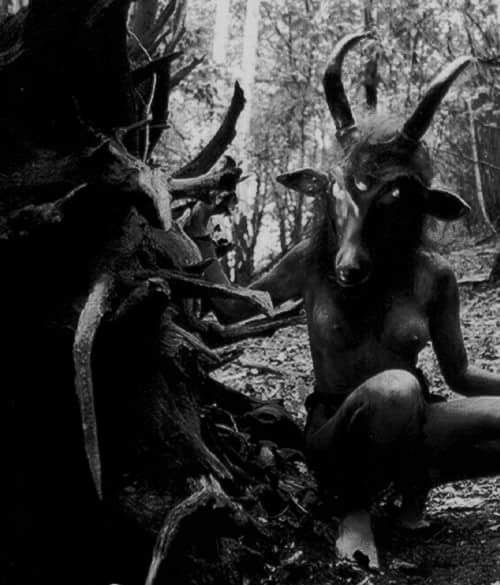
Glowstone
[NOTE: This is shit for my home campaign. It can be ignored by you, the reader]
Witches have an innate relationship with glowstone. The weird glowing rock actually increases their magical power! However, there are some side effects. A Witch does not need glowstone in order to perform magic. However, glowstone provides a bonus to casting magic. The size of the glowstone is directly proportional to the size of the bonus. On the other hand, if a spell check ends in critical failure, the bonus of the glowstone is added to the Corruption roll described in each spell description. The bonus generally increases by 1 for every two carats in size of stone. So a 1 or 2 carat glowstone provides a +1 bonus, 3-4 carat is a +2 bonus, and so on up to a maximum of +10.
Each individual glowstone is attuned to a specific patron. No patrons will share a glowstone. If a witch has more than one patron, and one or some of those patrons are not attuned to a glowstone, they may demand that the Witch find a new stone or stones or else suffer consequences.
Sometimes a patron may declare that the stone they are attuned to is too small, and a larger stone must be procured.
Or, a Witch may come across a larger glowstone than what they have and wants to attune it to a patron already associated with a stone in their possession.
In both cases, a new Patron Bond spell must be performed, but because the Witch and the patron already know each other, the spell check succeeds on any roll other than a natural 1.
If no Corruption roll is described, the Witch rolls on the following;
1 no Corruption, 2-4 Minor Corruption, 5-7 Major Corruption, 8+ Greater Corruption.
